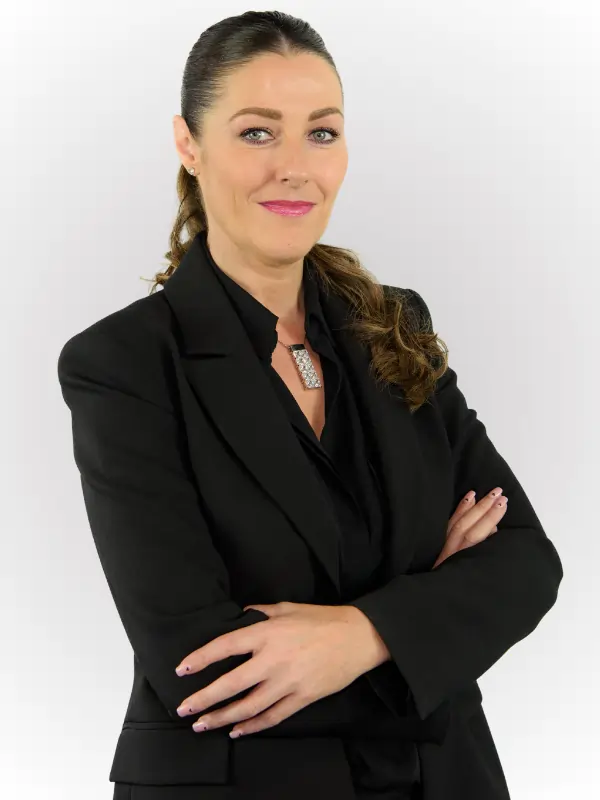Employer’s duty of care?
Responsibility for building site accidents in Ireland typically depends on various factors, including the specific circumstances of the accident and the parties involved. However, here are some key points to consider:
1. Employers
Employers have a legal duty of care to ensure their employees’ health, safety, and welfare. They are responsible for providing a safe working environment, implementing proper safety measures, and training employees on safety procedures. They may be liable for building site accidents if they fail to fulfil this duty.
2. Contractors and subcontractors
Contractors and subcontractors working on a building site are also responsible for maintaining a safe working environment for their employees. They may be held accountable for accidents due to negligence or failure to adhere to safety regulations.
3. Site owners
The building site owners may have specific responsibilities depending on their level of control and involvement in the construction project. They may be liable for accidents if they negligently create or maintain hazardous conditions on the site.
4. Manufacturers and suppliers
In cases where accidents are caused by defective machinery, equipment, or materials, the manufacturers or suppliers of these products may be held responsible under product liability laws. Determining liability for building site accidents often requires a detailed assessment of the circumstances and applicable laws. Therefore, you should consult an experienced workplace injury solicitor in Ireland who can provide accurate and tailored advice based on your situation.
Common building site accident claims
The most common building site accident claims are
- Ladder accident claim: Injuries resulting from accidents involving ladders on construction sites.
- Manual handling injury claim: Claims related to injuries caused by improper manual lifting or carrying of objects.
- Personal protective equipment (PPE) Claim: Claims for injuries due to inadequate or improper use of protective equipment.
- Dangerous machinery claim: Accidents resulting from malfunctioning or unsafe machinery use.
- Dangerous practices and procedures at work claim: Injuries caused by unsafe work practices or procedures on construction sites.
- Being hit by falling objects: Accidents involving workers being struck by objects falling from heights.
- Slip, trip, and fall in the workplace: Claims for injuries caused by slipping, tripping, or falling on construction sites.
- Vehicle crashes and collisions: Accidents involving vehicles or collisions on construction sites.
- Acoustic shock claim: Claims for hearing-related injuries caused by sudden loud noises or explosions.
- Angle grinder accident claim: Injuries caused by accidents while using angle grinders on construction sites.
- Broken handrail accident claim: Accidents resulting from the failure or breakage of handrails.
- Conveyor belt accident claim: Injuries caused by accidents involving conveyor belts or material handling systems.
- Chemical and gas inhalation claim: Claims for respiratory or health issues due to inhalation of hazardous chemicals or gases.
- Cherry picker accident claim: Accidents involving cherry pickers or aerial work platforms.
- Crane accident claim: Injuries resulting from accidents involving cranes on construction sites.
- Defective product liability claim: Claims for injuries caused by defective or unsafe products used on construction sites.
- Defective steel toe cap boots claim: Injuries caused by faulty steel toe cap boots.
- Forklift accident claim: Accidents involving forklifts result in construction site injuries.
- Health and safety breach claim: Claims for injuries caused by violations of health and safety regulations on construction sites.
- Inadequate lighting accident claim: Accidents caused by insufficient lighting leading to injuries.
- Lift accident claim: Injuries from accidents involving lifts or elevators on construction sites.
- Overreaching work injury claim: Injuries caused by overreaching or straining while performing tasks on construction sites.
- Pallet accident claim: Accidents involving pallets causing injuries on construction sites.
- Repetitive strain injury claim: Claims for injuries caused by repetitive tasks or motions.
- Scaffolding accident claim: Injuries resulting from accidents involving scaffolding structures.
- Welding accident and illness claim: Injuries or illnesses caused by accidents or exposure to hazards while welding.
- Wet floor accident claim: Accidents caused by slippery or wet surfaces leading to injuries.
- Work footwear injury claim: Injuries caused by inadequate or unsuitable footwear on construction sites.
- Falling from a height claims Injuries resulting from falls from elevated areas on construction sites.
- Walking into objects claim: Accidents caused by workers colliding with objects or obstacles while walking.
- Struck by flying debris claim: Where objects propelled by machinery or tools injure a worker.
- Crane operator error claim: Accidents caused by mistakes or negligence of crane operators.
- Electrical shock claim: Workers experiencing electric shocks due to faulty wiring or equipment.
- Scaffold accident claim: Accidents resulting from unstable or improperly assembled scaffolding.
- Roofing material accidents: Injuries caused by falling or mishandling roofing materials.
- Hazardous material spill claim: Workers affected by spills of toxic or hazardous substances.
- Lifting equipment failure claim: Accidents caused by failure or malfunction of lifting equipment.
- Struck by construction vehicles claim: Workers hit by construction vehicles or heavy machinery.
- Falling object from height claim: Injuries caused by objects dropped or falling from elevated areas.
- Structural support failure claim: Accidents resulting from the failure of structural support systems.
What should I do after a building site accident?
Here are some steps to consider
1. Seek medical attention
Your health and well-being should be the top priority. If you sustain an injury, immediately seek medical attention by calling an ambulance or visiting a hospital or doctor.
2. Report the accident
Inform your employer or supervisor about the accident immediately. Ensure the incident is documented correctly in the construction site’s accident book or incident reporting system.
3. Follow medical advice
Adhere to the treatment plan your healthcare provider prescribes. Attend follow-up appointments and rehabilitation sessions, and keep records of your medical progress.
4. Consult with a building site accident solicitor
It is advisable to seek legal advice from an experienced workplace injury solicitor. An experienced team can assess the details of your case, guide your legal rights, and help you understand the potential compensation options available to you.
5. Gather and preserve documents for your Solicitor
Collect evidence related to the accident. Take photos of the accident scene, your injuries, and any hazardous conditions that may have contributed to the incident. Collect the contact information of any witnesses present. Keep copies of any medical reports, treatment records, or receipts for expenses related to your injury. Also, keep any communication regarding the accident or your injuries, such as emails or letters. Remember, the steps after a building site accident may vary depending on the specific circumstances. Seeking professional legal advice from a workplace injury solicitor is crucial to ensure you understand your rights and options moving forward.
Statute of Limitations
You have two years from the accident date within which to issue proceedings. If you are under 18, a separate set of rules apply, and we would recommend you contact our solicitors to talk about these. Learn more about the statute of limitations.





